
In 1946, an American anthropologist Ruth Benedict published her study of Japanese culture, which later became one of the top works in the field. The book is titled "The Chrysanthemum and the Sword," representing two important elements in Japanese culture.
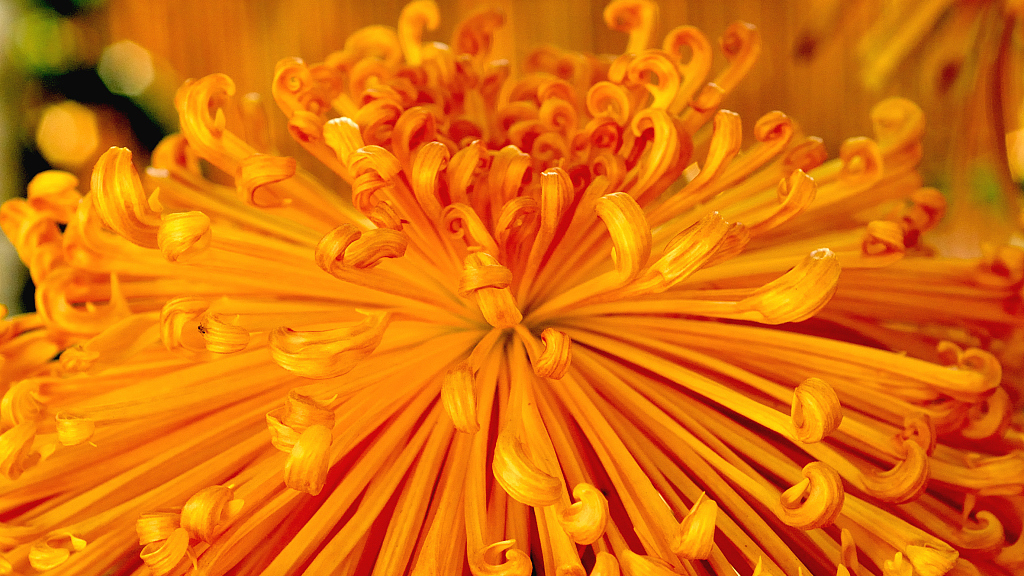
The chrysanthemum, or "kiku" in Japanese, is an important element in Japanese culture. /VCG Photo
The chrysanthemum, or "kiku" in Japanese, was first introduced to Japan from China in the 5th century. During that period, Japan was greatly influenced by Chinese culture. In addition to Chinese dress, calligraphy and art, the Japanese imperial family fell in love with the Chinese flower too. They used the image of the chrysanthemum on official seals and even the throne. Thus, the imperial family got the name "chrysanthemum throne," and the flower remains the symbol of the Japanese emperor today.
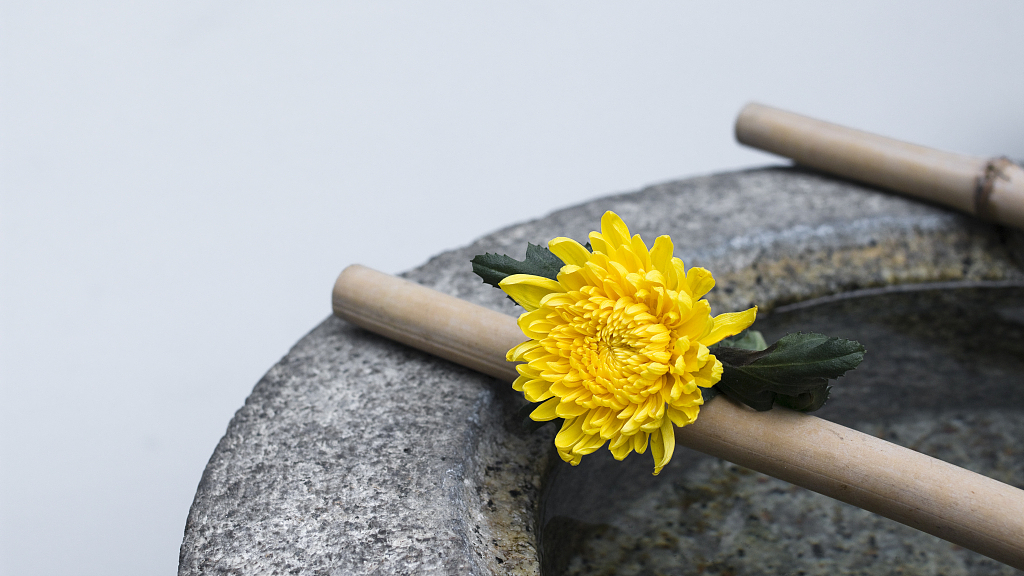
Yellow or golden chrysanthemum is the symbol of the imperial family in Japan. /VCG Photo
The royal chrysanthemum is yellow and multilayered, with 16 petals to the front and 16 petals to the back. However, real chrysanthemums are not limited to one color or shape. As the flower is widely cultivated, a variety of different chrysanthemums blossom in gardens all over the world. Check the gallery below to appreciate various, but equally beautiful, Japanese chrysanthemums:
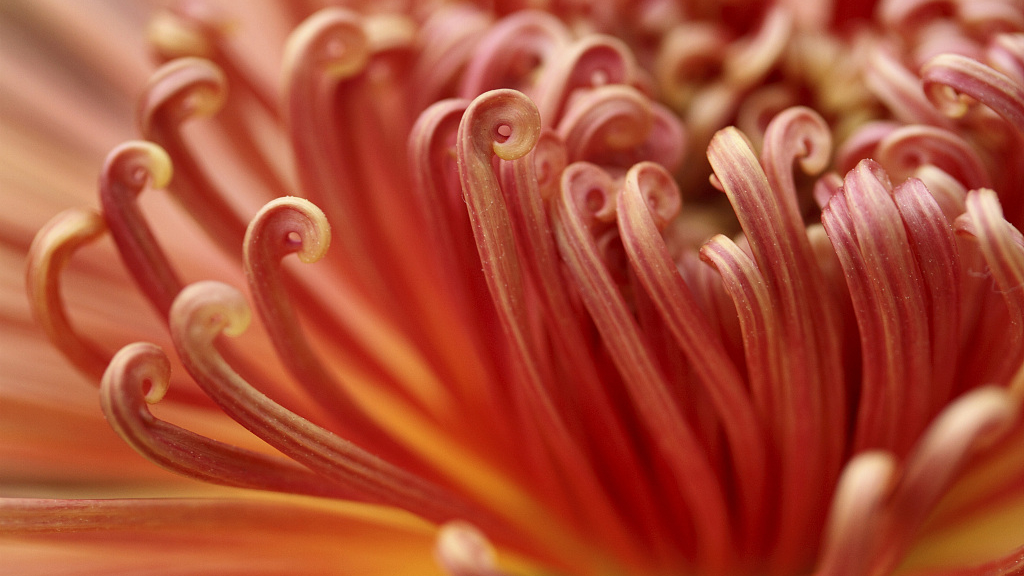
Various chrysanthemums in Japan. /VCG Photo

Various chrysanthemums in Japan. /VCG Photo
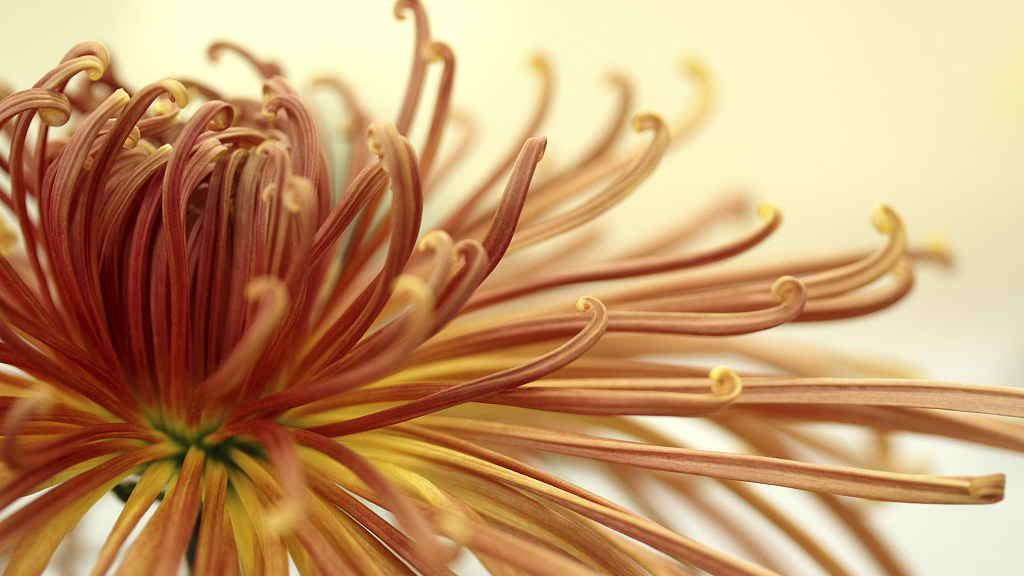
Various chrysanthemums in Japan. /VCG Photo
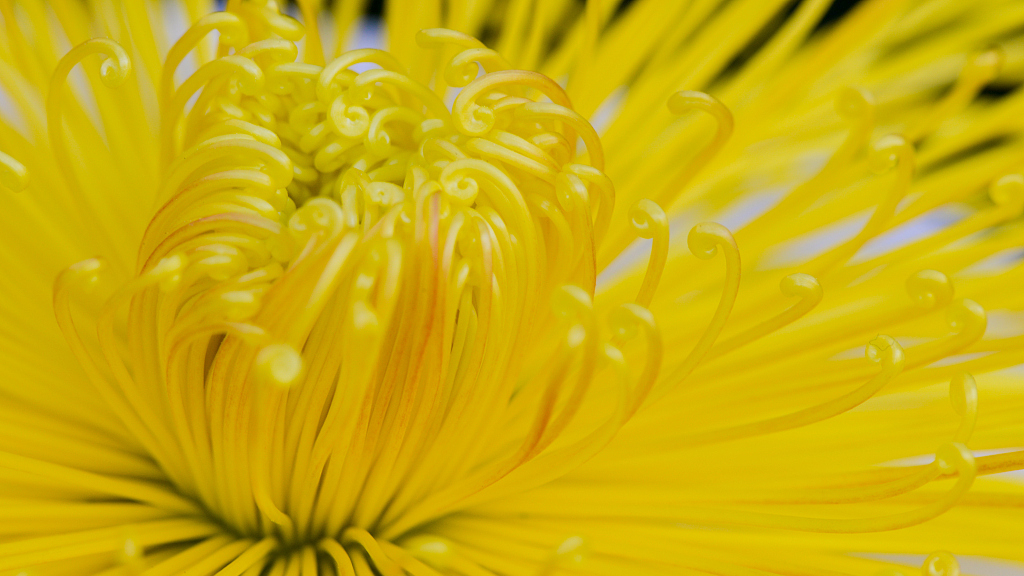
Various chrysanthemums in Japan. /VCG Photo
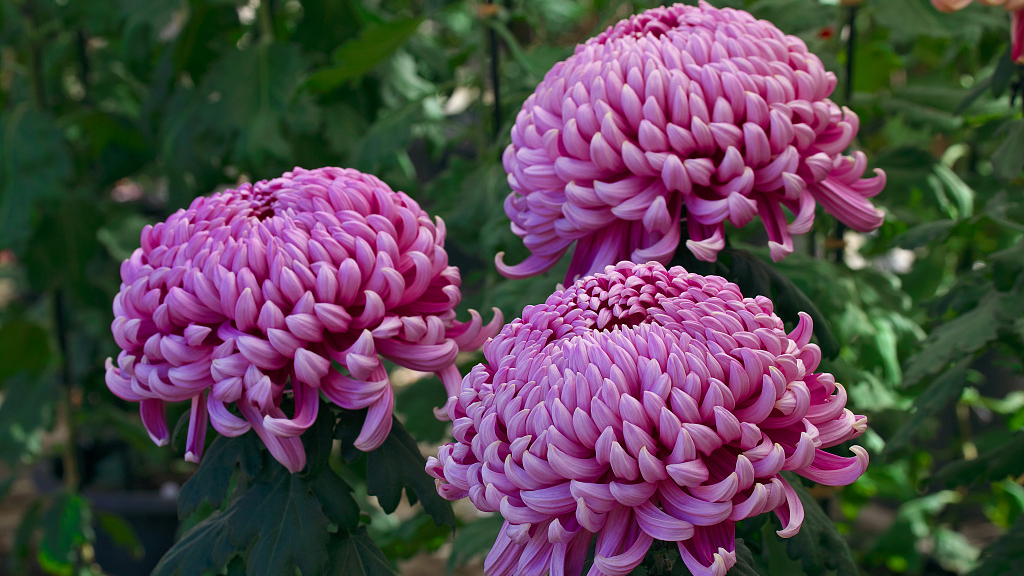
Various chrysanthemums in Japan. /VCG Photo
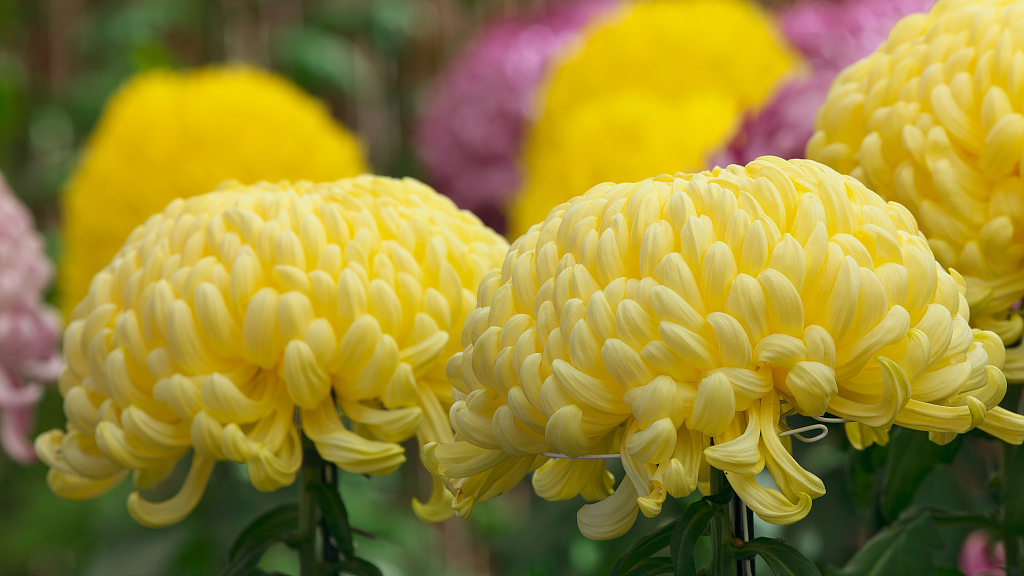
Various chrysanthemums in Japan. /VCG Photo
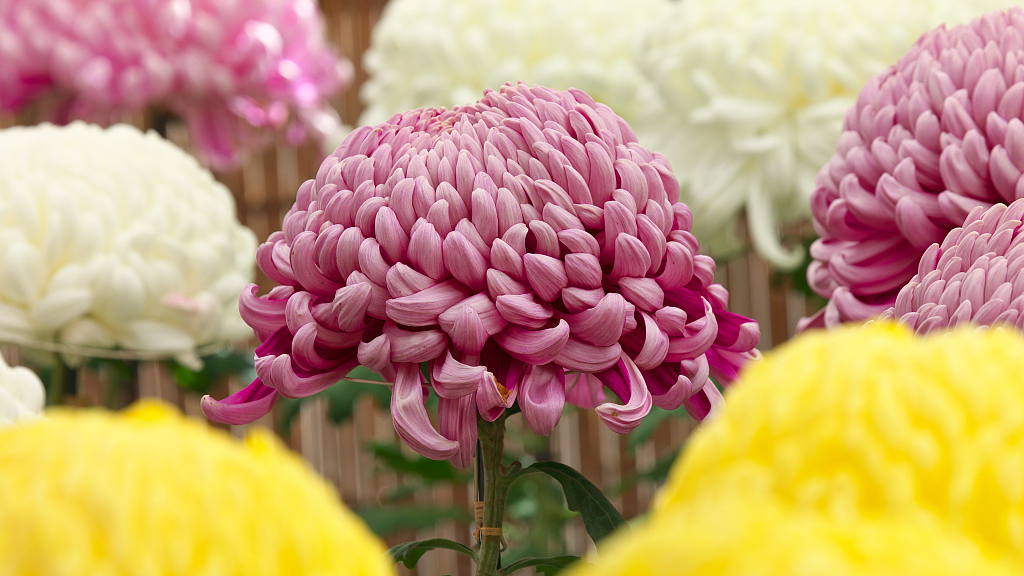
Various chrysanthemums in Japan. /VCG Photo
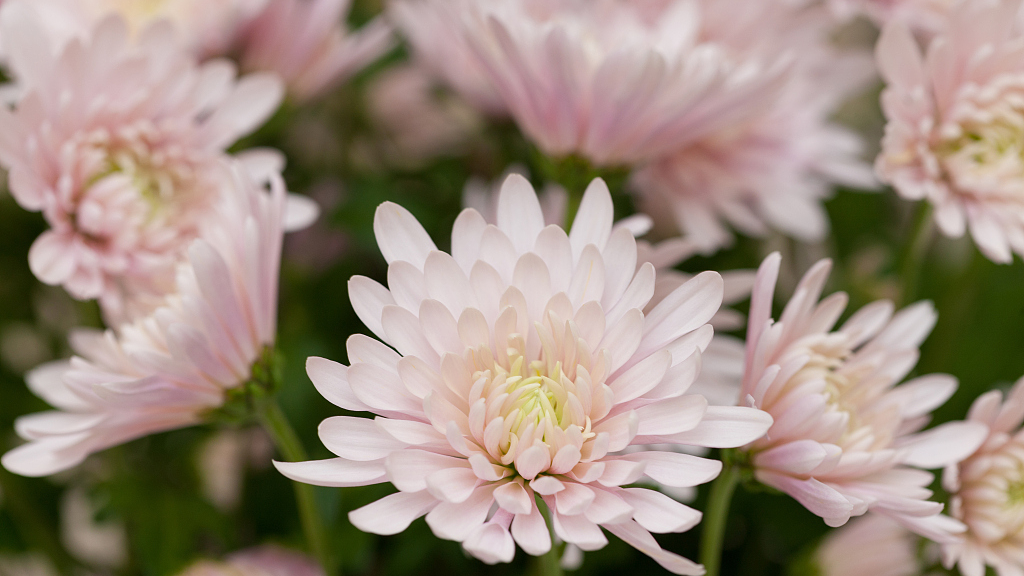
Various chrysanthemums in Japan. /VCG Photo

Various chrysanthemums in Japan. /VCG Photo
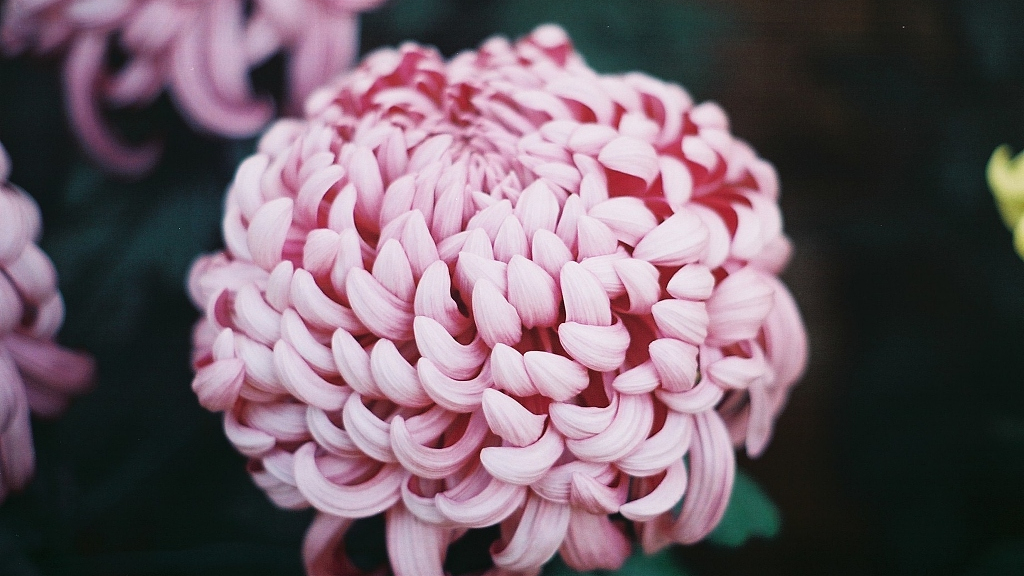
Various chrysanthemums in Japan. /VCG Photo
September 9 is Japan's National Chrysanthemum Day. It is also the festival of happiness. The holiday was established in 910 AD when the first chrysanthemum show was held.
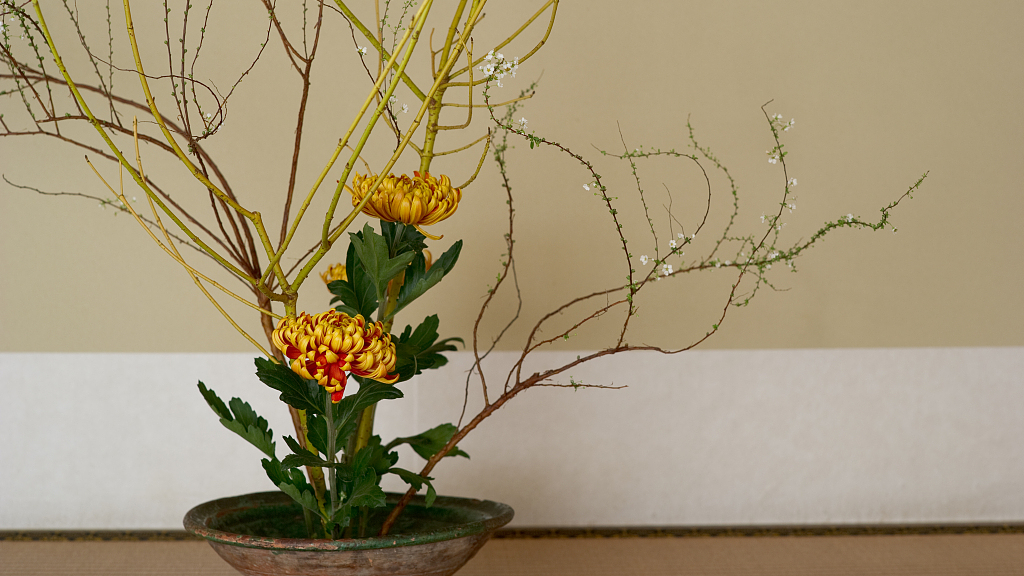
Chrysanthemums are often used in bonsai art in Japan. /VCG Photo
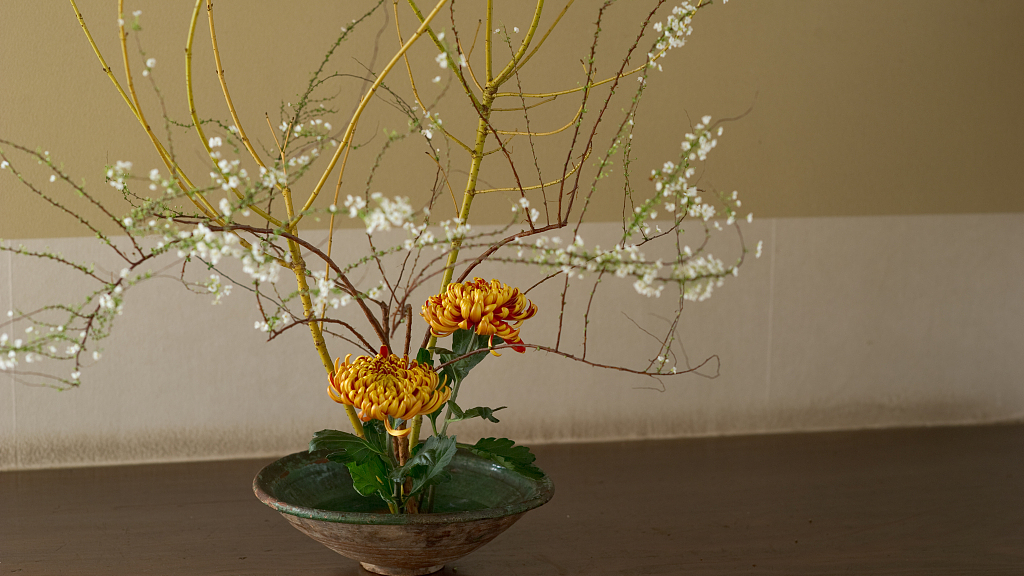
Chrysanthemums are often used in bonsai art in Japan. /VCG Photo
The chrysanthemum represents longevity, rejuvenation and nobility in Japan. It is also the symbol of autumn, harvest and goodwill. Because of its auspicious meaning, the flower frequently appears on decorations, accessories, porcelains, kimonos and obis, as well as Japan's 50 yen coin. People give red chrysanthemums to loved and respected people. But be careful; do not give white chrysanthemum as gifts because it is used for funerals and graves in the country.
About 'Plants & Nations'
"Plants & Nations" is a series of articles and pictures about common plants in the world. It serves as a guide to beautiful plants from different countries.
For more articles and pictures, please click here:
A sacred plant in Cambodia's Buddhist culture
The double coconut: The rare-shaped plant from Seychelles
The pomegranate: Symbol of Granada, Spain
Blue water lily: The sacred flower of ancient Egypt
(Cover image via VCG, designed by CGTN's Du Chenxin)
(If you want to contribute and have specific expertise, please contact us at nature@cgtn.com)

Copyright © 2018 CGTN. Beijing ICP prepared NO.16065310-3
Copyright © 2018 CGTN. Beijing ICP prepared NO.16065310-3